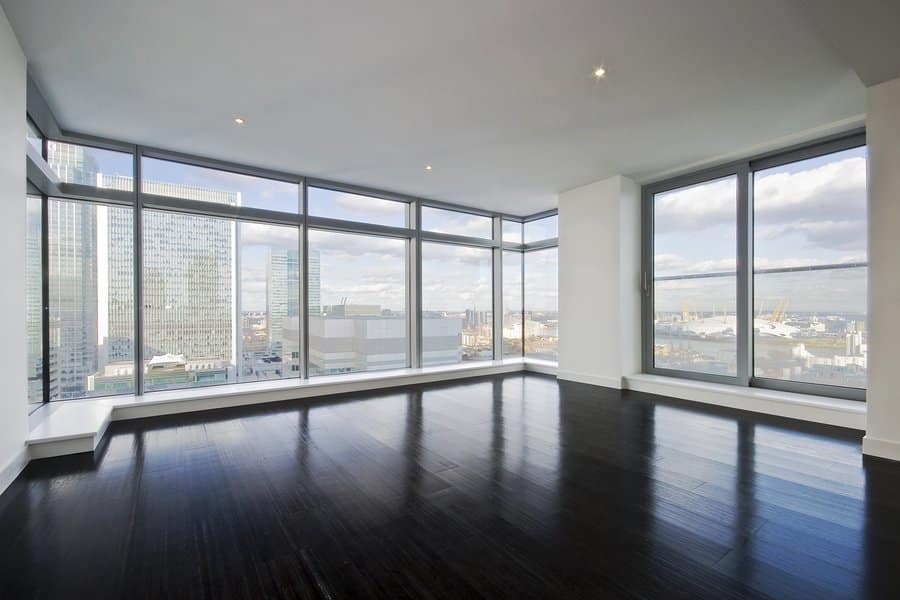Today’s commercial windows are described using industry jargon – U-value, Low-E, SHGC, and R-value. All of these terms can get confusing and make the process of selecting windows and doors more difficult. You probably have questions: for starters, what do these terms mean? And how do they relate to the window’s efficiency rating?
Understanding today’s efficiency ratings starts with two terms: U-value and R-value.
Energy-efficient windows and doors are designed to slow the transference of heat. That means high efficiency-rated windows trap heat indoors during the winter, by slowing the loss of heat through the window. In summer, these windows slow exterior heat from entering through the windows.
R-values and U-values are both used to measure how effective your windows are at managing heat loss or heat gain.
What is U-Value?
In the United States, U-value is used to describe the insulating properties of windows, and it’s the most comprehensive measurement of your windows’ insulation. Windows lose heat in four ways:
- Radiation
- Convection
- Air flow (through the window frame)
- Conduction
Simply put, when you calculate U-value, you consider all of these different variables and come up with a measure of insulation. One thing to remember: the lower the U-value, the better the window is at preventing heat loss. For instance, a double-paned window would have a lower U-value than a single-paned window. That’s because windows with lower U-values capture more heat and slow its transference to the exterior.
Generally, lower U-value windows are recommended in the northern United States. In these climates, the need to capture heat indoors during cooler months is most important. For temperate climates, heat transference isn’t as much of a problem and lower U-value windows aren’t as necessary. Instead, you might want to block out more of the heat from the outdoors, which can be accomplished with windows with a lower solar heat gain coefficient (SHGC) or with Low-E coating.
What is R-Value?
R-value is the inverse of U-value, so materials with a higher R-value provide better insulation. The biggest difference between the two is that R-value only measures a material’s resistance to heat flow, or conduction. On the other hand, U-value includes all 4 factors for heat loss, including conduction. That’s one reason R-value isn’t typically used to rate windows, and instead, it’s often used for insulation, roofing, flooring, and other construction materials.
Specific to windows, R-value may be used to rate the sealant and insulation around the glass. Plus, more recently, windows have been assigned R-values. One reason is that it’s easier to understand. For instance, it’s difficult to tell the difference between windows with U-ratings of .20 or .25. Which one is better insulated? With R-value, those same windows become easier to decipher at R-4 and R-5.
The Importance of R-Value and U-Value
Energy-efficient windows and doors can help property owners save serious dollars on heating/cooling costs and HVAC equipment. Here’s why: a building can lose up to 30% of its energy via its windows. In fact, the Department of Energy says that up to 25% of your heating bill can be attributed to this type of heat loss.
For commercial property managers, that means higher heating costs during the winter months. But there’s also a hidden cost; it requires a greater heating load, meaning you need to install more furnaces and other heating equipment. Thus, if your property is in an area that relies on heating, installing commercial windows with a lower U-value can help you save big on your heating bills.
For information on how to calculate a U-values and R-values, take a look at the University of Georgia’s breakdown.
Read more about U-Values and R-Values.
Contact Us
Navigating commercial window and door terminology can be daunting, but at Aeroseal, we’re here to simplify the process for you. For personalized guidance on choosing the right commercial windows for your property, don’t hesitate to contact Aeroseal today. Our experienced team will walk you through our process and help you find the perfect solution to meet your needs.

